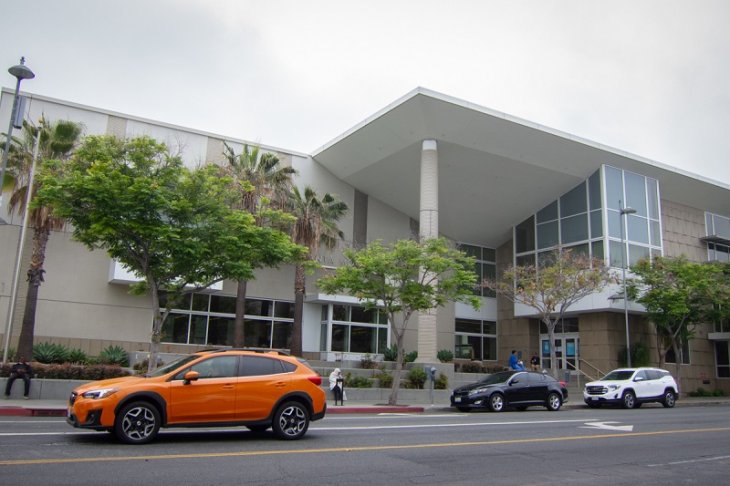By Tom Elias, Columnist
The numbers suggest a major change is underway in California. It would take a Nostradamus to know if that change is real and long lasting or if those proclaiming it are merely overreacting to a pandemic-induced glitch.
“We are in this new demographic era for California of very slow growth or maybe even negative growth,” pronounces Hans Johnson, a demographer for the Public Policy Institute of California.
Here are the numbers, and some of the implications if those numbers represent a trend rather than merely a glitch spurred by the COVID-19 pandemic, which caused many millions around the world to hunker down wherever they were:
U.S. Census figures show California lost 262,000 residents between July 1, 2020 and the same date last year. That represented a net loss of .06 percent in population.
The figures were even more striking for the state’s two best known urban counties. Los Angeles County lost about 159,671 residents, or about 1 percent of its populace, while San Francisco fell by about 56,000 persons, or about 6 percent of its previous population.
Much of the movement away from those high-rent cities was to other parts of California, as the pandemic drove tens of thousands of white collar employees to work from home – and allowed them to make that home anywhere they liked. As a result, many moved to more rural, greener areas, valuing lifestyle over office proximity.
That’s a drive the increased-density fanatics now running California housing policy ought to note well, for it shows that given the choice, most human beings will choose not to live stacked up in apartment buildings and condominiums.
The 2020-21 population loss comes after California suffered the shock of losing one seat in Congress this year, the result either of incomplete Census taking or slow growth outpaced by states like Texas, Florida, Arizona, Colorado and Oregon.
But is any of this permanent? If so, it calls for major change in housing, transportation and education policy. History suggests it won’t be lasting. So do the latest employment figures.
Historically, slumps in California population growth are followed by big influxes, both from domestic and foreign immigration.
Most recently, in the early 1990s the supposed end of the Cold War spurred big job losses at defense contractors that had been central to the Southern California economy since World War II. A spate of military base closings later in that decade also cost California jobs.
As a result, population growth slowed to almost nothing for several years. But then came the 2000s and a big increase that saw population rocket from about 33 million to 39 million-plus.
Is the same kind of resurgence now in the offing? That probably depends on how soon people around the world come to accept the idea that the pandemic may be over and that Covid should instead be considered an endemic illness that will always be with us, but not usually in alarming numbers or intensity.
The latest job statistics indicate such a trend may be starting. During February, for example, California companies created 138,100 new jobs, or 20.4 percent of all new jobs nationwide. That was 60,300 more jobs than No. 2 Texas and 87,100 more than Florida. It was far above what might be suggested from California’s 11.5 percent share of the national population.
It also meant that California has regained more than 87.2 percent of jobs lost when countless businesses shuttered and furloughed their workers as the pandemic hit in March 2020.
The big job losses of that period eliminated most impetus for foreign workers to move here, as the state for the first time in decades found itself with a surplus of healthy workers. That’s over, with the new job figures indicating the state and its myriad newly created businesses should once again be a population magnet.
Of course, no one will know for sure until about a year from now, when figures from 2022 are compiled and published.
But the newest numbers suggest at least one thing: Folks like Johnson, trumpeting a continuing California decline, are most likely premature and will come to regret their remarks.
For no one ever got rich in the long term by betting against California.
Email Thomas Elias at tdelias@aol.com. His book, “The Burzynski Breakthrough, The Most Promising Cancer Treatment and the Government’s Campaign to Squelch It” is now available in a soft cover fourth edition. For more Elias columns, visit www.californiafocus.net.

























